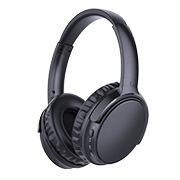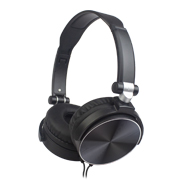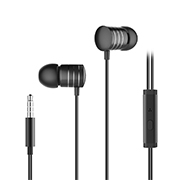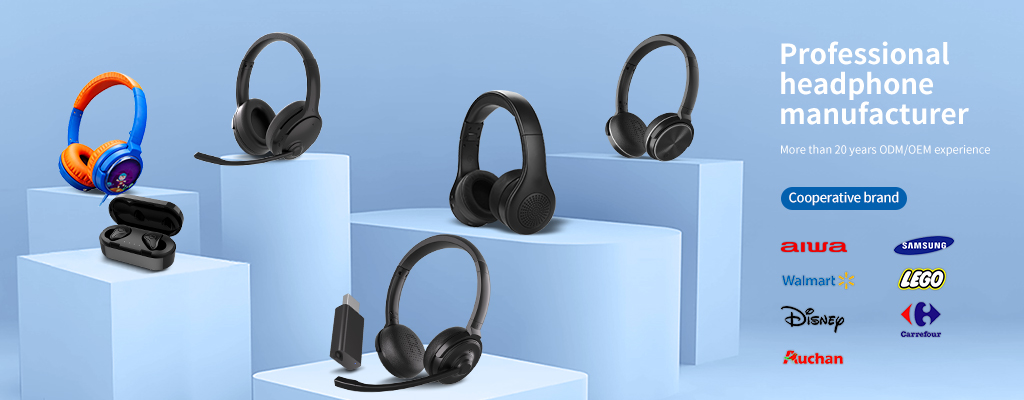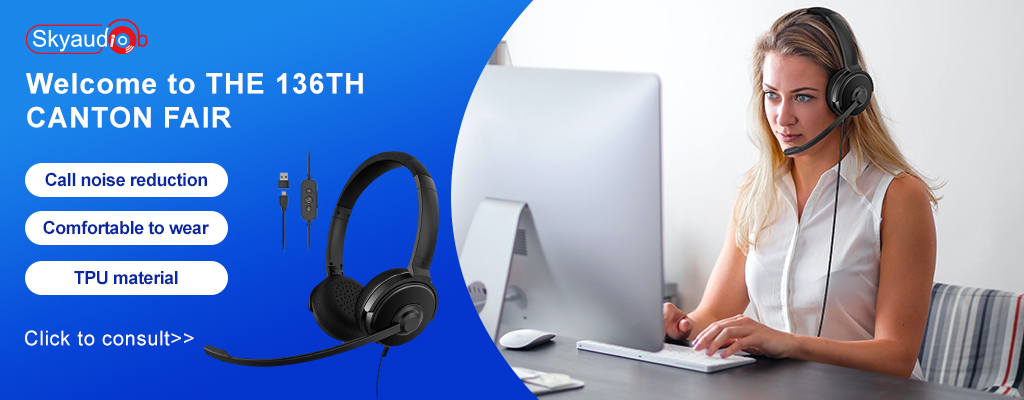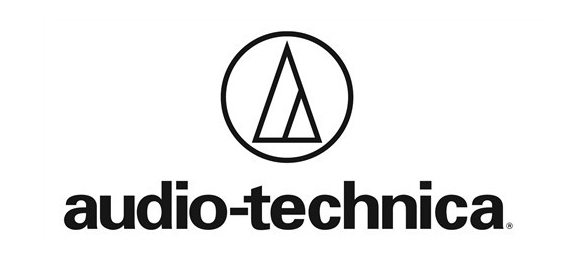
- factory address
D Building,Pioneer Park,3rd Industrial Zone Fenghuang Village, Fuyong Town,Baoan DistrictShenzhen,Guangdong,China
Headphone Designs
Headphone Designs
Open vs. Closed Design
Generally open headphone designs are described as being more "natural"
sounding, but this can come with drawbacks. Everything going on in the
room around you will intrude on your music. This can occasionally be
useful, but is often a hindrance that requires turning the volume up
higher. Also, your music leaks out just as easily, which can bother
others nearby if the area is otherwise quiet.
Closed headphones on the other hand offer a much more intimate listening experience and are nearly silent to those around you. The one disadvantage compared to open designs is that the bass can be muddier or certain other sound characteristics overly pronounced.
MAJOR TYPES OF HEADPHONES
Earbuds
These are among the most common headphones in the mass market, largely
due to their portability. They are light, easy to shove in a pocket, and
fit right in your ear. Earbuds are inexpensive and easy to find in any
store that sells electronics.
Being this small can come with a cost. The downside of earbuds is that they lack the driver size and the isolation to produce a high-quality listening experience. Models have varied slightly in size and shape attempting to improve upon this dilemma, but ultimately it is what it is. A common price ranges for this type is $10-50.
On-Ear
On-Ear designs are the other most common type of headphone. Many of the
behind-the-head style headphones you see are great examples. These are
larger than earbuds, and work by sitting on the ear rather than in it.
This larger design allows for a fuller range of sound and better power
handling, but still lacks much of a seal between the ear and headphone.
The result is the loss of detail and bass compared to other types.
Still, this design is also inexpensive and easy to find, and still
pretty portable. Typical price range for this type: $15-50.
Over-ear
These are full-size headphones and are as un-portable as they come. They
are usually the heaviest and bulkiest type of headphone, but offer
several advantages.
Because the pads go around the ear, they are typically more comfortable. This method also creates the best seal you'll get other than canal headphones, resulting in the ideal dynamic range. Headphones of this size often have large drivers, making them efficient and able to handle more power without distortion. The size, too, affects range in a positive way.
Open designs will still leak music or let ambience in, but the area between driver and ear still benefits from the seal. Over-ear headphones are ideal in this sense, being nearly silent to anyone nearby and blocking out a great deal of outside noise. Because those that purchase this style of headphone are often audio enthusiasts, build quality and price reflect this niche market. Prices tend to vary from $25-500, though it's not unheard of to see over-ear headphones at $1000 or more.
Canal-Buds
These are the newest style of headphone, aiming to bridge the gap
between portability and sound quality. They are as small as earbuds and
also go in the ear, but unlike earbuds they go into the ear canal like
earplugs.
The major advantage of being inserted into the ear canal is isolation. Canal-buds headphones offer all the audible advantages over-ear designs have due to their seal, and can often block out even more outside noise. Because of both the seal and the proximity to the inner ear, dynamic range is dramatically improved compared to earbuds. The user will not have to turn the volume up as high and will also appreciate a much greater level of detail in listening as a result.
Though a bit more expensive, canal buds will outperform earbuds sonically in every way, and can prove to be just as portable. Cheaper models are in the same general price range as earbuds and over-ear headphones. The higher end canal-buds, though, can be just as costly as full-size headphones.


